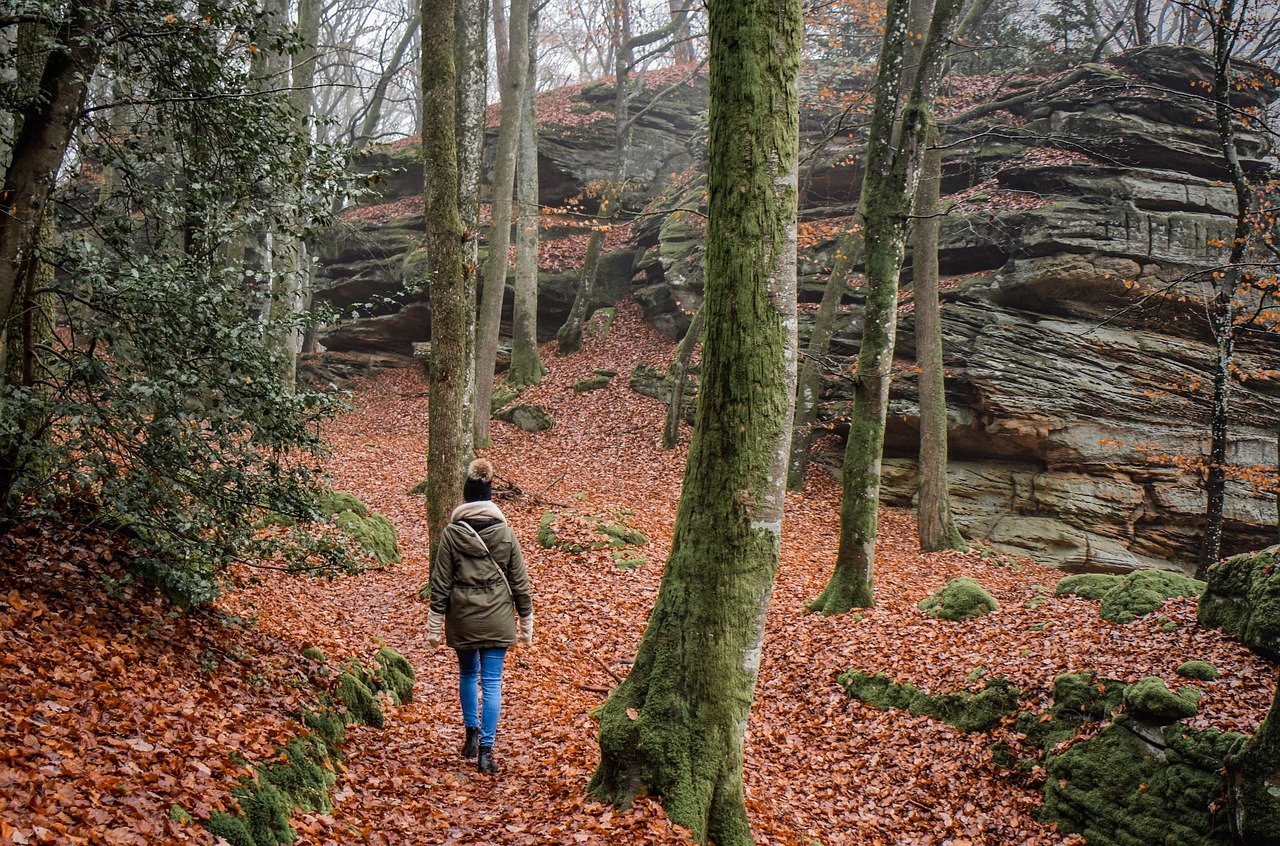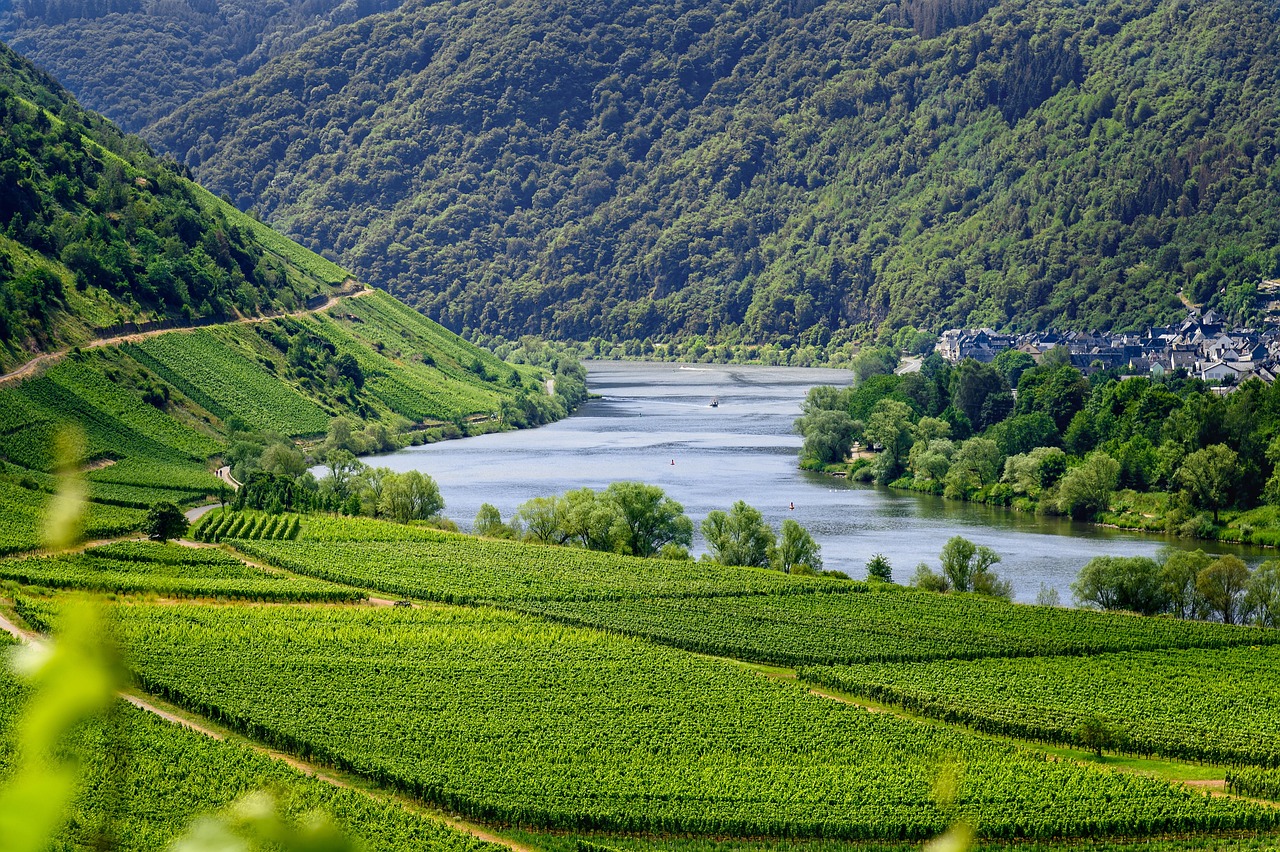UK National Parks and Nature Reserves

The United Kingdom is home to some of the most stunning and diverse landscapes in the world, from rugged mountains and rolling hills to serene lakes and dramatic coastlines. These natural treasures are preserved and protected through a network of National Parks and Nature Reserves, which offer visitors the chance to explore and enjoy the great outdoors. This article provides an overview of the UK’s National Parks and Nature Reserves, highlighting their unique features, biodiversity, and the opportunities they provide for recreation and conservation.
1. Overview of UK National Parks
The UK has 15 National Parks, each offering a unique blend of natural beauty, wildlife, and cultural heritage. These parks are designated to conserve and enhance the natural environment, promote public enjoyment, and support local communities.
A. England
- Peak District National Park
- Location: Central England
- Features: The Peak District is known for its dramatic landscapes, including limestone dales, gritstone edges, and moorland. It is the UK’s first National Park, established in 1951.
- Activities: Hiking, cycling, rock climbing, and exploring historic villages.
- Lake District National Park
- Location: Northwest England
- Features: Famous for its stunning lakes, mountains, and forests, the Lake District is a UNESCO World Heritage Site and a haven for outdoor enthusiasts.
- Activities: Walking, boating, wildlife watching, and visiting literary landmarks associated with Wordsworth and Beatrix Potter.
- Yorkshire Dales National Park
- Location: Northern England
- Features: Characterized by its rolling hills, limestone cliffs, and picturesque villages, the Yorkshire Dales offer a quintessential English countryside experience.
- Activities: Hiking, caving, cycling, and exploring historic castles and abbeys.
- Dartmoor National Park
- Location: Southwest England
- Features: Dartmoor is known for its wild, open moorland, granite tors, and rich archaeological heritage, including prehistoric stone circles.
- Activities: Walking, horse riding, rock climbing, and wildlife spotting.
- Exmoor National Park
- Location: Southwest England
- Features: Exmoor offers a mix of moorland, woodland, and coastline, with dramatic cliffs and secluded beaches.
- Activities: Walking, cycling, wildlife watching, and stargazing (Exmoor is a Dark Sky Reserve).
B. Wales
- Snowdonia National Park
- Location: Northwest Wales
- Features: Snowdonia is home to Mount Snowdon, the highest peak in Wales, as well as rugged mountains, glacial valleys, and pristine lakes.
- Activities: Hiking, climbing, mountain biking, and exploring Welsh culture and heritage.
- Brecon Beacons National Park
- Location: South Wales
- Features: The Brecon Beacons offer a mix of rolling hills, limestone cliffs, and waterfalls, with a rich history and vibrant local culture.
- Activities: Walking, cycling, caving, and stargazing (the park is a Dark Sky Reserve).
- Pembrokeshire Coast National Park
- Location: Southwest Wales
- Features: The Pembrokeshire Coast is renowned for its stunning coastline, with rugged cliffs, sandy beaches, and abundant wildlife.
- Activities: Coastal walking, kayaking, surfing, and wildlife watching.
C. Scotland
- Cairngorms National Park
- Location: Northeast Scotland
- Features: The Cairngorms is the largest National Park in the UK, offering a diverse landscape of mountains, forests, and rivers.
- Activities: Skiing, hiking, wildlife watching, and exploring historic castles and distilleries.
- Loch Lomond and The Trossachs National Park
- Location: Central Scotland
- Features: This park is known for its stunning lochs, mountains, and forests, offering a mix of lowland and highland landscapes.
- Activities: Boating, hiking, cycling, and wildlife watching.
D. Northern Ireland
- Mourne Mountains
- Location: County Down
- Features: The Mourne Mountains are a range of granite peaks offering breathtaking views and a rich cultural heritage.
- Activities: Hiking, rock climbing, and exploring historic sites.
2. Overview of UK Nature Reserves
In addition to National Parks, the UK has a network of Nature Reserves managed by organizations such as the Royal Society for the Protection of Birds (RSPB), the Wildlife Trusts, and Natural England. These reserves are dedicated to conserving wildlife and habitats, while also providing opportunities for public enjoyment and education.
A. RSPB Reserves
- Minsmere (Suffolk)
- Features: Minsmere is one of the RSPB’s flagship reserves, known for its diverse habitats, including wetlands, heathland, and woodland.
- Wildlife: Bitterns, avocets, and otters.
- Activities: Birdwatching, guided walks, and wildlife photography.
- Bempton Cliffs (Yorkshire)
- Features: Bempton Cliffs is famous for its seabird colonies, with dramatic cliffs overlooking the North Sea.
- Wildlife: Gannets, puffins, and kittiwakes.
- Activities: Birdwatching and coastal walks.
B. Wildlife Trusts Reserves
- Wicken Fen (Cambridgeshire)
- Features: Wicken Fen is one of the oldest nature reserves in the UK, offering a mix of wetland, grassland, and fen habitats.
- Wildlife: Dragonflies, water voles, and rare plants.
- Activities: Walking, cycling, and wildlife watching.
- Abernethy Forest (Scotland)
- Features: Abernethy Forest is the largest remaining area of native Caledonian pine forest in the UK.
- Wildlife: Capercaillie, red squirrels, and ospreys.
- Activities: Hiking, birdwatching, and exploring ancient woodlands.
C. National Nature Reserves (NNRs)
- Farne Islands (Northumberland)
- Features: The Farne Islands are a group of islands known for their seabird colonies and seal populations.
- Wildlife: Puffins, Arctic terns, and grey seals.
- Activities: Boat trips, birdwatching, and seal watching.
- New Forest (Hampshire)
- Features: The New Forest NNR is part of the larger New Forest National Park, offering a mix of heathland, woodland, and wetland habitats.
- Wildlife: New Forest ponies, deer, and rare butterflies.
- Activities: Walking, cycling, and wildlife watching.
3. Conservation and Biodiversity
The UK’s National Parks and Nature Reserves play a crucial role in conserving biodiversity and protecting endangered species. They provide habitats for a wide range of flora and fauna, from rare orchids and ancient trees to iconic species like red deer, otters, and golden eagles.
- Habitat Restoration: Many reserves are involved in habitat restoration projects, such as rewilding, peatland restoration, and reforestation.
- Species Protection: Conservation efforts focus on protecting endangered species, such as the bittern, red squirrel, and capercaillie.
- Climate Change Mitigation: National Parks and Nature Reserves contribute to climate change mitigation by preserving carbon-rich habitats like peatlands and forests.
4. Recreational Opportunities
The UK’s National Parks and Nature Reserves offer a wide range of recreational opportunities, making them popular destinations for outdoor enthusiasts.
- Walking and Hiking: The parks and reserves feature extensive networks of trails, from gentle walks to challenging hikes.
- Cycling: Many areas offer cycling routes, including mountain biking trails and family-friendly paths.
- Wildlife Watching: The diverse habitats provide excellent opportunities for birdwatching, mammal spotting, and nature photography.
- Water Activities: Lakes, rivers, and coastlines offer opportunities for boating, kayaking, and fishing.
- Educational Programs: Many reserves offer guided walks, workshops, and educational programs for visitors of all ages.




